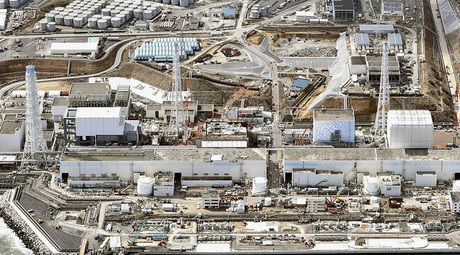March 11th is the 5th anniversary of the Fukushima nuclear disaster. Japan’s NHK broadcaster recently conducted a poll of how citizens feel about nuclear power. According to NHK’s poll results, over 70% are in favor of completely or partially abandoning nuclear power plants. Nothing too surprising about that, but on the other side of the spectrum, the Abe administration is pushing real hard to re-open closed nuclear power plants, in fact some are already splitting atoms like crazy.
Here’s what the March 1st 2016 issue of Scientific American says about the prospects for Fukushima/TEPCO on its 5th anniversary: “Today the disaster site remains in crisis mode… Even more troublesome, the plant has yet to stop producing dangerous nuclear waste,” Madhusree Mukerjee, 5 Years Later, the Fukushima Nuclear Disaster Site Continues to Spill Waste, Scientific American, March 1, 2016.
According to Naohiro Masuda, Chief Decommissioning Officer for Tokyo Electric Power Company (“TEPCO”), the technology required to remove nuclear fuel from the reactors does not exist yet: “Engineers are studying the problem, but we don’t think that there’s no way to remove the fuel. There’s huge risk involved. If you make one small mistake, it might cause a huge problem for the local people, or even worldwide. We have to be aware of that possibility,” Steve Featherstone, Fukushima: Five Years Later, Popular Science, March/April 2016.
“There’s huge risk involved. If you make one small mistake, it might cause a huge problem for the local people or even worldwide.” Those are the words of the Chief Decommissioning Officer for TEPCO. Here’s the problem: TEPCO doesn’t even qualify for “small mistakes,” all of their mistakes, and there have been many, mucho mistakes, have been huge, big, gigantic, elephantine mistakes.
…click on the above link to read the rest of the article…



















